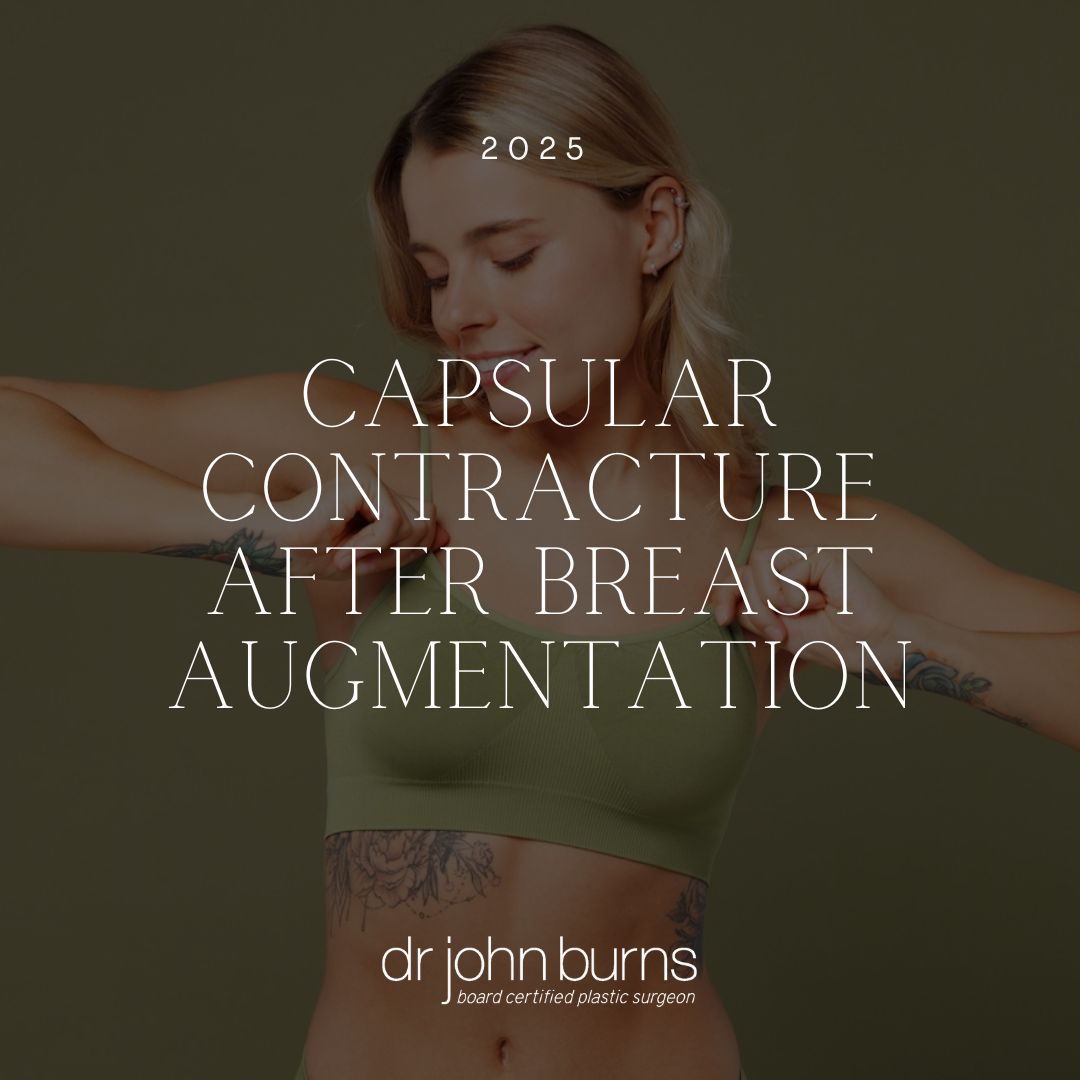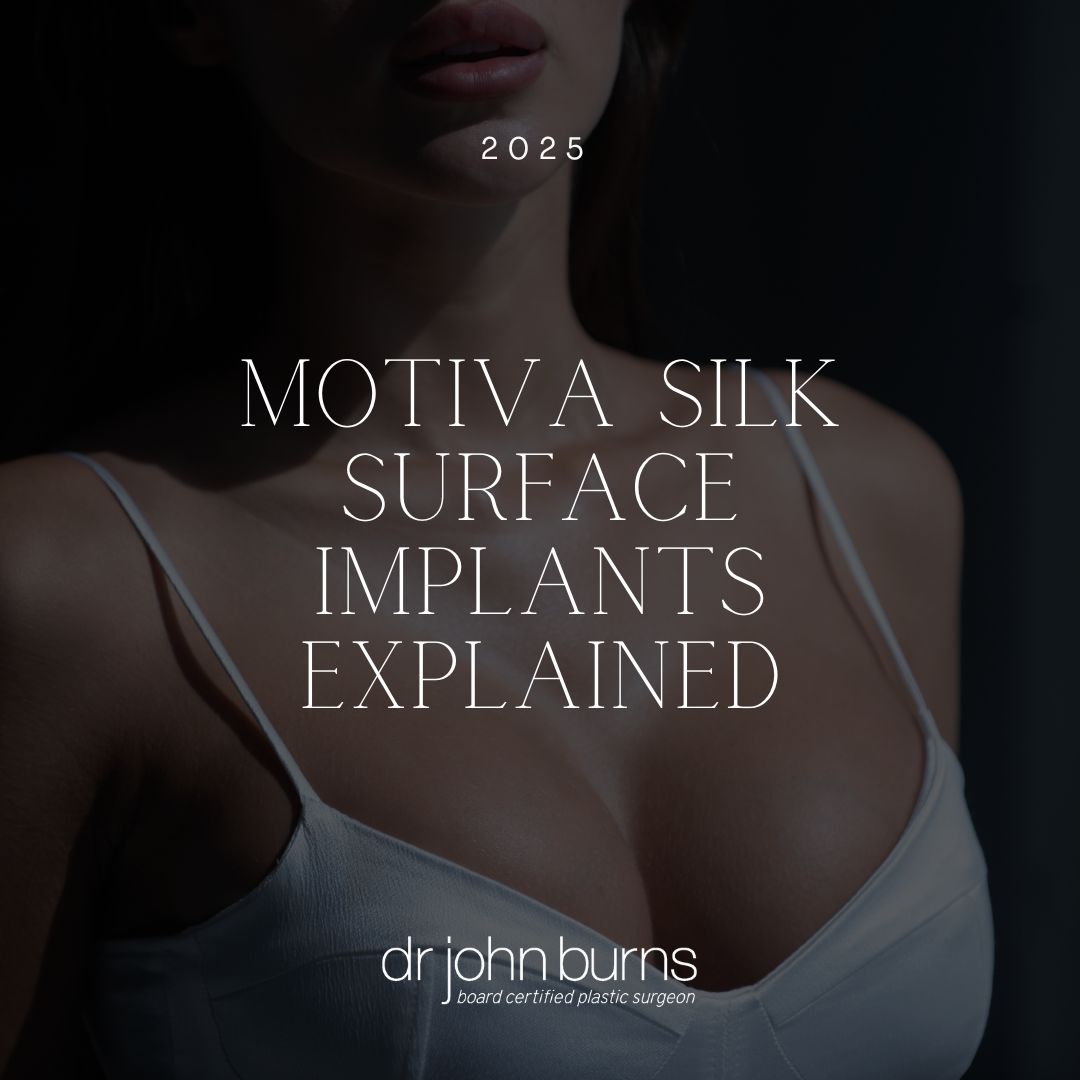March 2024
10 Breast Augmentation Myths
Breast augmentation surgery is a popular cosmetic procedure, but unfortunately, it is also surrounded by numerous myths and misconceptions. Dr. John Burns Jr., MD, president of Dallas Plastic Surgery Institute, emphasizes the importance of educating oneself before undergoing breast implant surgery to ensure a successful outcome. By understanding what to expect during and after the procedure, patients can separate fact from fiction and make informed decisions about their breast augmentation journey.
1. My Implants Will Need To Be Replaced Often
When contemplating breast augmentation, the notion of replacing implants often surfaces within a loose timeframe, commonly every 10 years, influenced by data indicating a typical lifespan. Yet, this isn't a one-size-fits-all scenario.
The decision to undergo an implant exchange extends beyond mechanical concerns like leaks or malfunctions. Factors such as shifts in personal preferences, alterations in size, post-pregnancy considerations, or a natural aging process may prompt a revision.
Dr. Burns advises scheduling periodic appointments with your plastic surgeon for a comprehensive assessment. Vigilance is crucial, particularly if you observe any anomalies such as positional changes or increased firmness, which may signify gel bleeding, especially in silicone implants.
While saline implants often exhibit noticeable deflation, silicone implants may present a more subtle indication of compromise. In cases of uncertainty about implant integrity, diagnostic measures like an MRI may be recommended.
Maintaining regular communication with your plastic surgeon serves as a strategic approach to monitoring the condition of your implants over time. Although these are not permanent devices, implants typically last between 10 to 20 years on average. Trust in the guidance of your plastic surgeon to navigate the nuances of implant management and ensure a lasting and satisfactory outcome.
2. Breast Implants Will Make My Breasts Look Fake
Many individuals express a preference for a subtle, natural aesthetic in their breast augmentation, steering away from an overly enhanced or "done" appearance. The prevailing trends in breast aesthetics lean towards natural and understated results. Achieving a natural look involves a thoughtful consideration of various factors, including pocket placement, implant volume, implant profile, and gel viscosity.
Opting for a submuscular implant pocket offers increased coverage and facilitates a smooth transition in the upper pole. The substantial muscle layer serves to conceal the implant, minimizing the risk of rippling and preventing a thicker capsule formation.
Strategic management of implant volume is pivotal in achieving a natural outcome. Maintaining consistency between the implant's base diameter and the individual's breast base diameter is essential for preserving a harmonious appearance.
In general, low plus or moderate profile implants are recognized for giving exceptionally natural results, with careful attention to limiting projection to ensure proportional alignment with the patient's chest.
The choice of implants with lower gel viscosity contributes to a less-exaggerated upper pole fill and a contour resembling a tear-drop shape. Implants such as the Responsive series from Natrelle fall within this category, offering a nuanced approach to achieving a natural and graceful aesthetic. Trust in the guidance of your plastic surgeon to navigate these considerations, tailoring the approach to your unique preferences and desired outcome.
Learn More: Mini Breast Augmentation
Breast Augmentation Scars: Why No One Has To Know
3. Saline Implants Are Safer Than Silicone Gel Breast Implants
Both silicone and saline implants are FDA-approved for many years, indicating their safety after undergoing extensive scrutiny. Keep in mind that breast implants are a prevalent choice in breast cancer reconstruction. The FDA has subjected these devices to a thorough evaluation, positioning them among the most scrutinized medical devices.
Breast implants are categorized into two fundamental types: saline and silicone. Silicone implants come pre-filled with a cohesive silicone gel, while saline implants are filled during the surgical procedure using sterile IV saline.
While the outer shells of both implants are essentially identical, their filling contents distinguishes them. On average, both types of implants are expected to last many years, typically around 10. In the case of a saline implant leakage, the deflation is usually evident, resulting in a visibly flat appearance. Occasionally, a leak in the fill valve may lead to a slower deflation, yet the IV saline is readily absorbed by the body.
Silicone implants present a less obvious indication of rupture due to their semi-solid or cohesive gel, resembling a gummy bear candy. The slow and inconspicuous deflation is called "silent rupture," which can be detected in an MRI or high-definition ultrasound. This subtle deflation is one reason why some patients might lean towards saline implants, appreciating the clearer signs of leakage.
All in all, trust in the safety and longevity of these FDA-approved options and discuss your preferences and concerns with your plastic surgeon to make an informed decision tailored to your needs.
Research Breast Augmentation by Dr. Burns at Dallas Plastic Surgery Institute
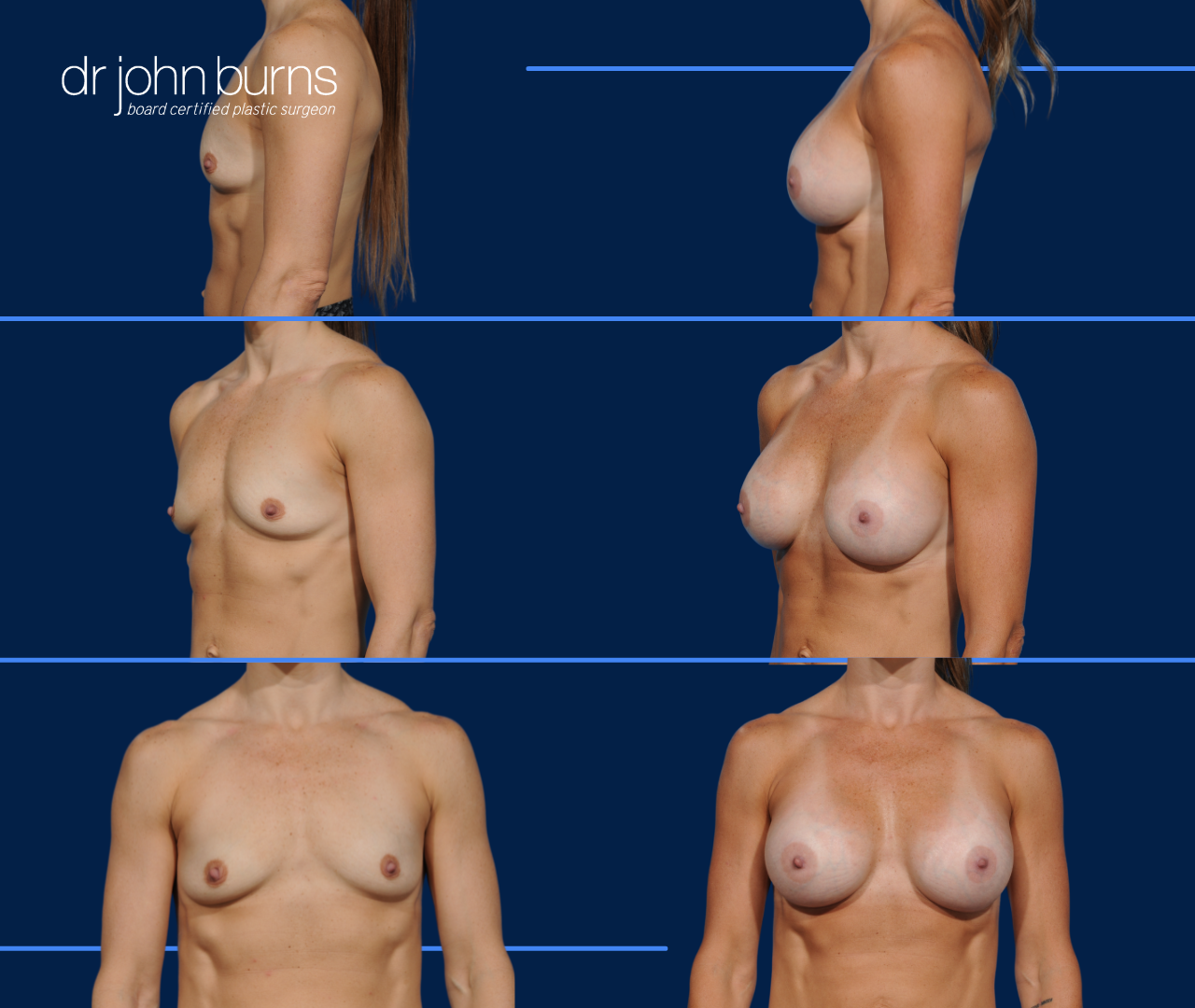



4. Breast Implants Look And Feel Unnatural
The newest generation of silicone gel implants stands out as the epitome of natural-feeling breast implants. Crafted to mimic the texture of natural breast tissue, the gel in these implants closely resembles the feel of a real breast. While saline implants also offer a natural feel, some may perceive them as slightly less authentic. Notably, silicone implants tend to exhibit less rippling compared to saline implants.
In individuals with a slender body frame, where there is minimal soft tissue coverage over the implant, rippling can become a concern. This factor contributes to the prevailing opinion that silicone implants offer a superior look and feel, particularly in terms of minimizing rippling and providing a more natural outcome.
In general, the advances in gel technology enhance the tactile authenticity of breast implants.
In your consultation with Dr. Burns, you'll have a chance to express your preferences and considerations as well as feel the different gel thicknesses to decide on a unique plan for your aesthetic goals.
Implant Sizing From Home with Crisalix
5. I Won't Be Able To Breastfeed After Getting Breast Implants.
Breastfeeding is almost always possible after breast augmentation. The inframammary breast crease incision allows the implant to be placed under the chest muscle without ever cutting breast tissue. If breastfeeding is important then avoid the periareolar incision which can interfere with breastfeeding.
6. I'll Lose Sensation In My Breasts After Breast Augmentation
While uncommon, changes in nipple sensation can occur following breast augmentation, and these side-effects are generally temporary. The sensation in the nipple area is intricately connected to the fourth rib (intercostal space), emphasizing the importance of cautious dissection during the procedure to avoid potential nerve injury.
Patients may experience fluctuations in sensation, either heightened or diminished, as a result of the stretching of this nerve during the augmentation process. It's worth noting that these variations tend to resolve over the course of several months, with most individuals eventually returning to normal nipple sensation.
7. Breast Augmentation Is For Younger Women with Small Breasts
Any woman seeking increased breast volume and better shape qualifies as a potential candidate for breast augmentation, and the procedure isn't limited solely to younger women with underdeveloped breast tissue. A diverse range of women, including mothers who have experienced volume loss due to pregnancy and breastfeeding, often find restoration in size, shape, and perkiness through breast augmentation. Weight loss patients share similar benefits, aiming to regain a fuller and more proportionate breast appearance. Even older patients, facing natural volume changes, or women simply desiring improved clothing fit, may explore breast augmentation to enhance their overall aesthetic satisfaction.
The inclusivity of breast augmentation surgery candidates reflects the versatility in addressing full-spectrum needs and wants.
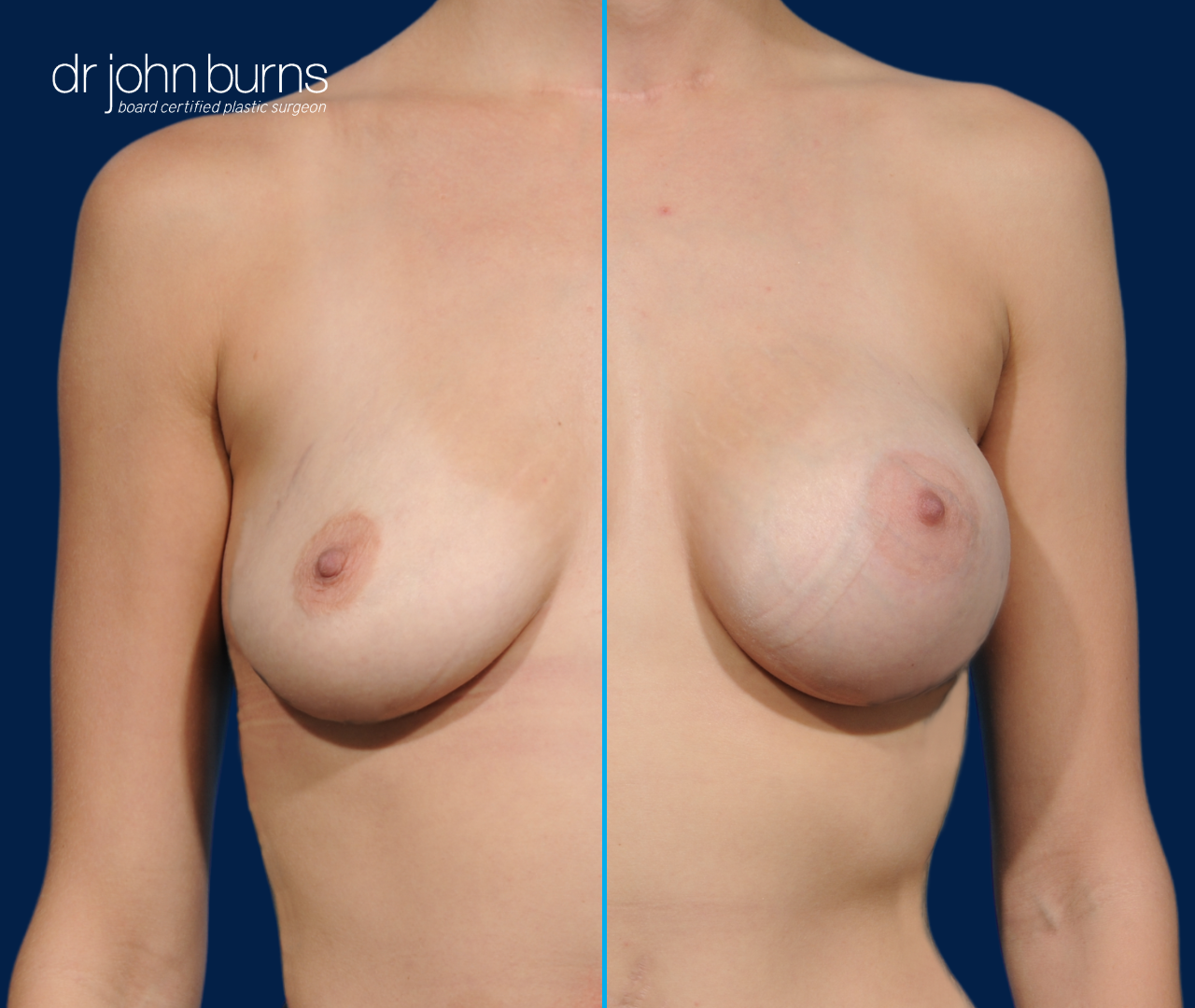

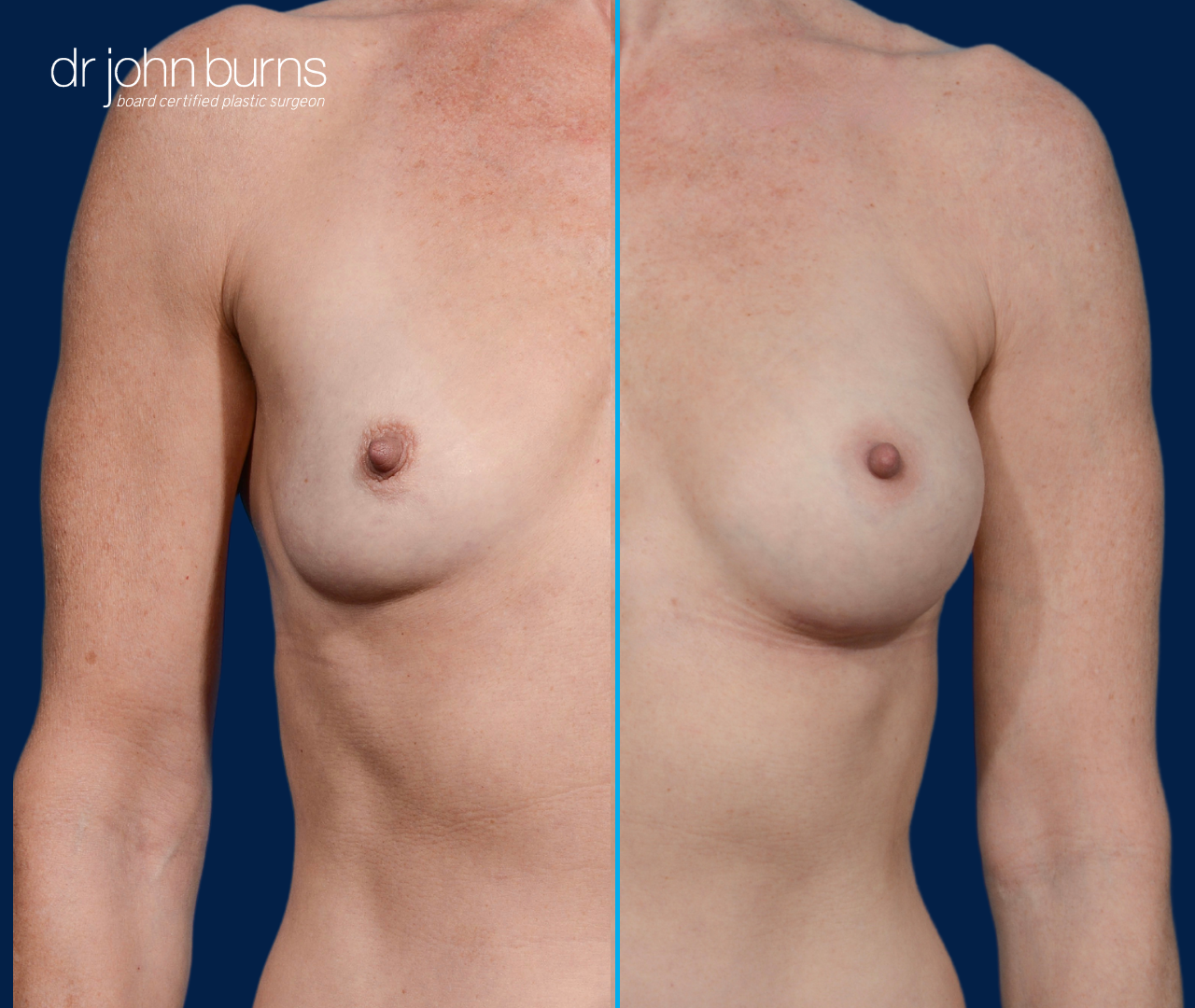
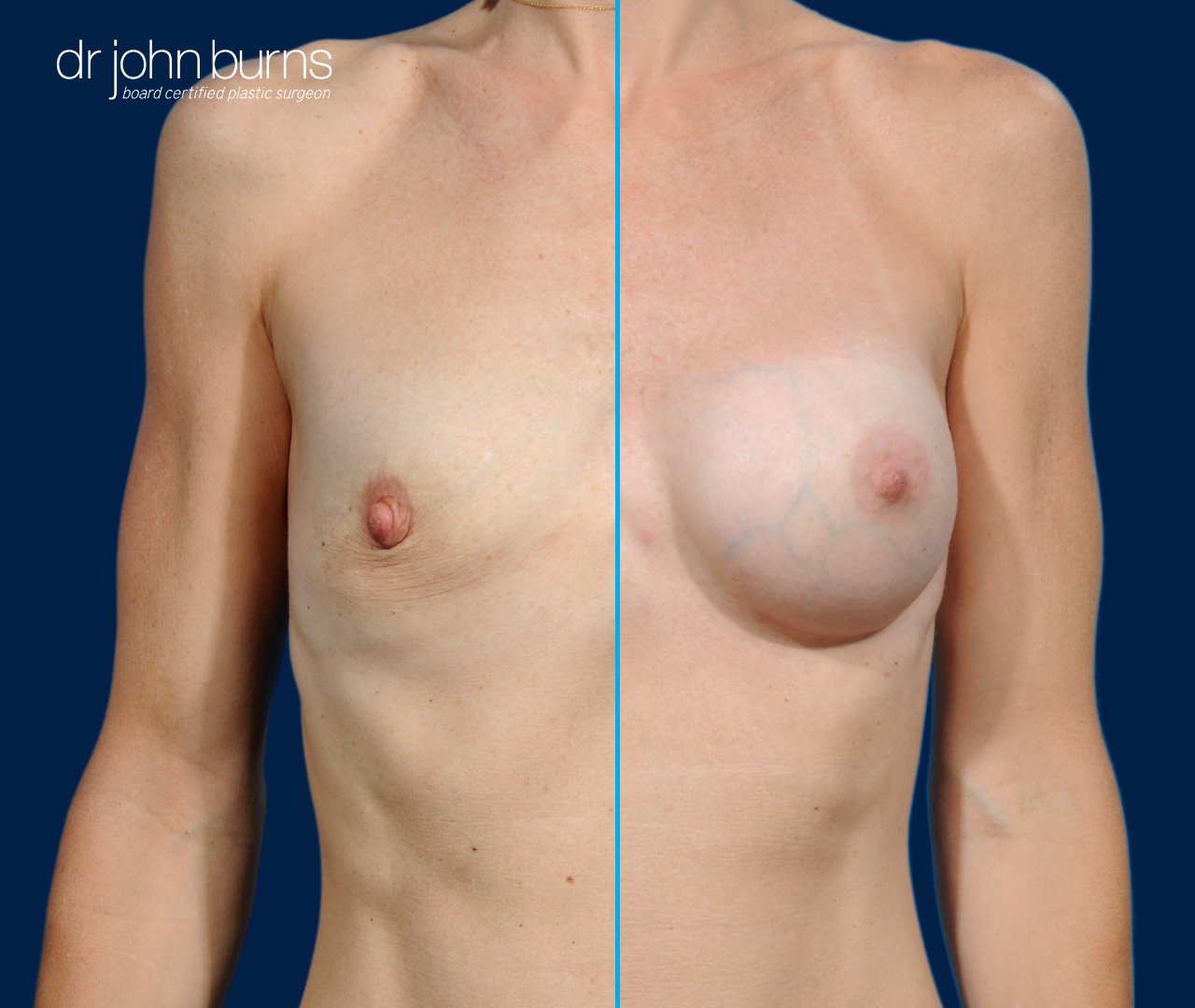
8. I Can Go Up As Many Cup Sizes As I Want
Another common myth exists around implant size, and many women come into their consults thinking their body can support the largest size breast implants.
There's a crucial limit to the size of breast implants, often guided by the breast's base width or diameter. Implants exceeding this measure can lead to displacement and deformities. Opting for an implant with a base width matching the breast's diameter, combined with an extra high or extra full profile, can achieve maximum volume, typically translating to around a 3-cup size increase. This careful consideration ensures both aesthetic enhancement and the avoidance of potential complications that would require breast revision surgery.
9. The Results Are Immediate
Yes, you'll look great in clothing after your breast augmentation procedure. While your appearance in clothing will indeed be enhanced post-breast augmentation, it's important to note that if implants are positioned under the muscle, they may initially appear to "ride high," sitting elevated for a brief period post-surgery. It typically takes a few weeks for the implants to settle into a more natural position.
Implants placed in the sub-glandular or subfascial plane tend to assume their shape more quickly. Regardless of the placement, over time, the implants will adopt a natural position and aesthetic. Additionally, mild swelling and bruising associated with the procedure are transient and typically subside shortly after surgery.
10. Any Doctor or Surgeon Can Perform Breast Augmentation
Many doctors claim to be double or even triple-board certified. However, the only Board that matters and is recognized by the American Board of Medical Specialities is the American Board of Plastic Surgeons. Only board-certified plastic surgeons have the training and expertise to perform breast augmentation. Make sure your surgeon is board-certified and has lots of experience in breast augmentation with lots of before and after photographs.
Learn More About Top Plastic Surgeon, Dr. John Burns Here

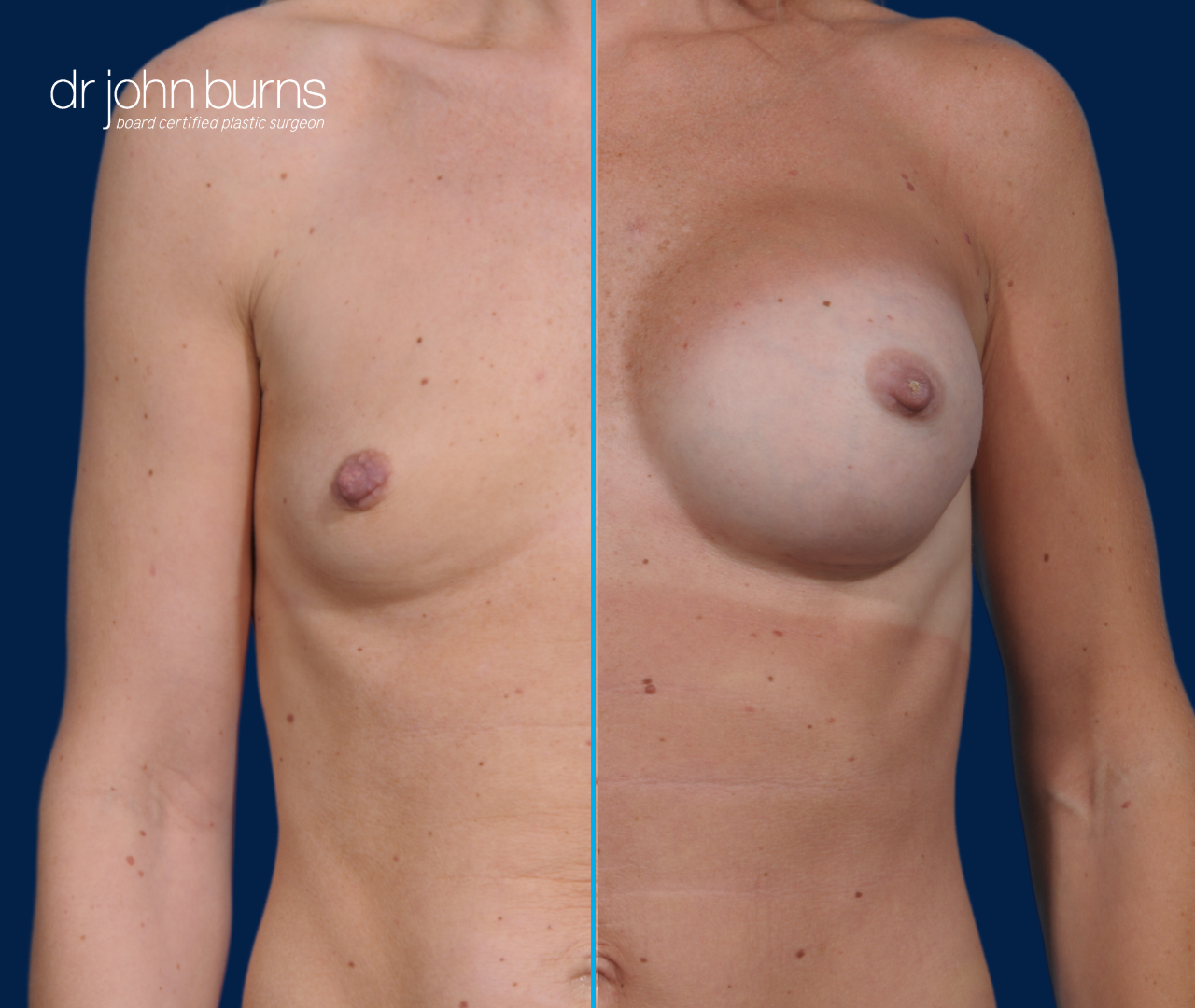


We Can't Wait To Meet You!

Dr. John Burns in Dallas, TX, employs both artistry and skill in using advanced techniques that go beyond mere surgery – we specialize in creating results that are natural yet transforming. Our team is curated to provide you with passionate and compassionate care throughout your journey. We are your advocates for a beautiful outcome that you will enjoy for years.
Click the button below to get started with Dr. Burns and his team.
You May Also Like
What Kind of Breast Lift Do I Need? | Dr. John Burns
Mommy Makeover Cost & Procedures | Dr. John Burns Dallas
Capsular Contracture After Breast Augmentation | Dr. John Burns
Motiva Silk Surface Implants Explained | Dr. John Burns Dallas
Stay In Touch
Follow us for news and information on plastic surgery procedures




